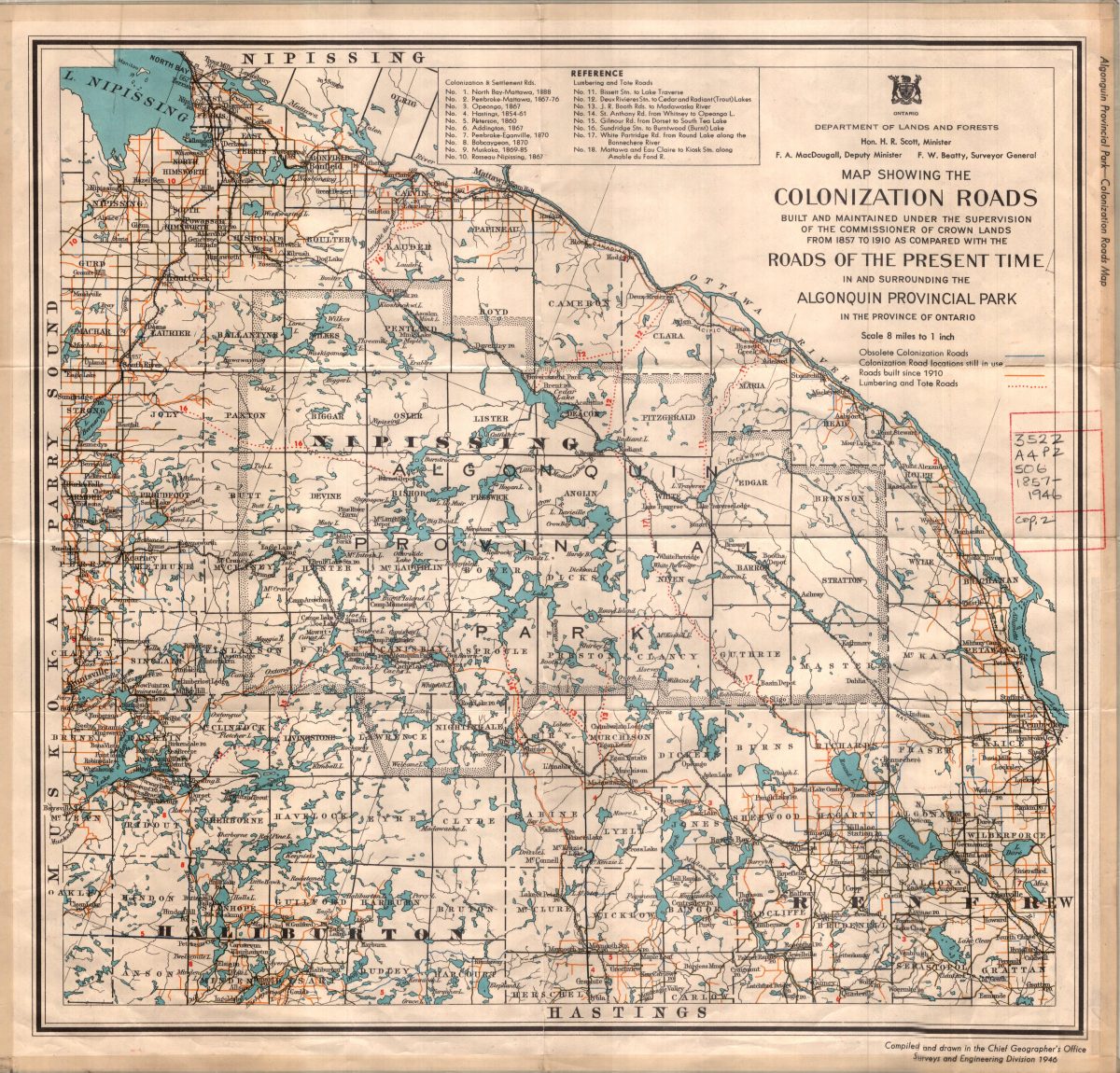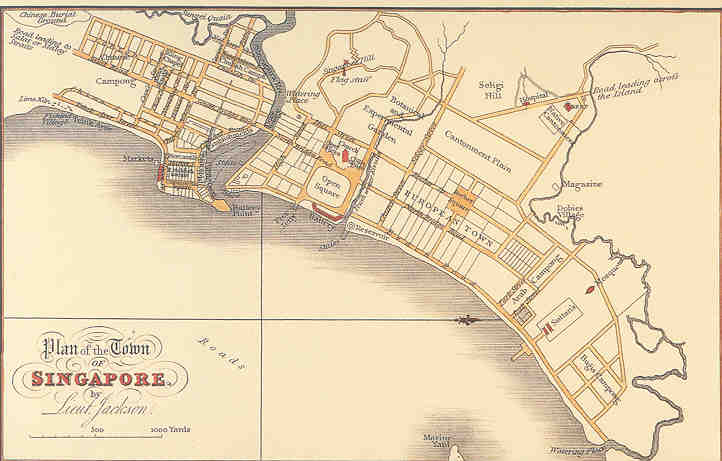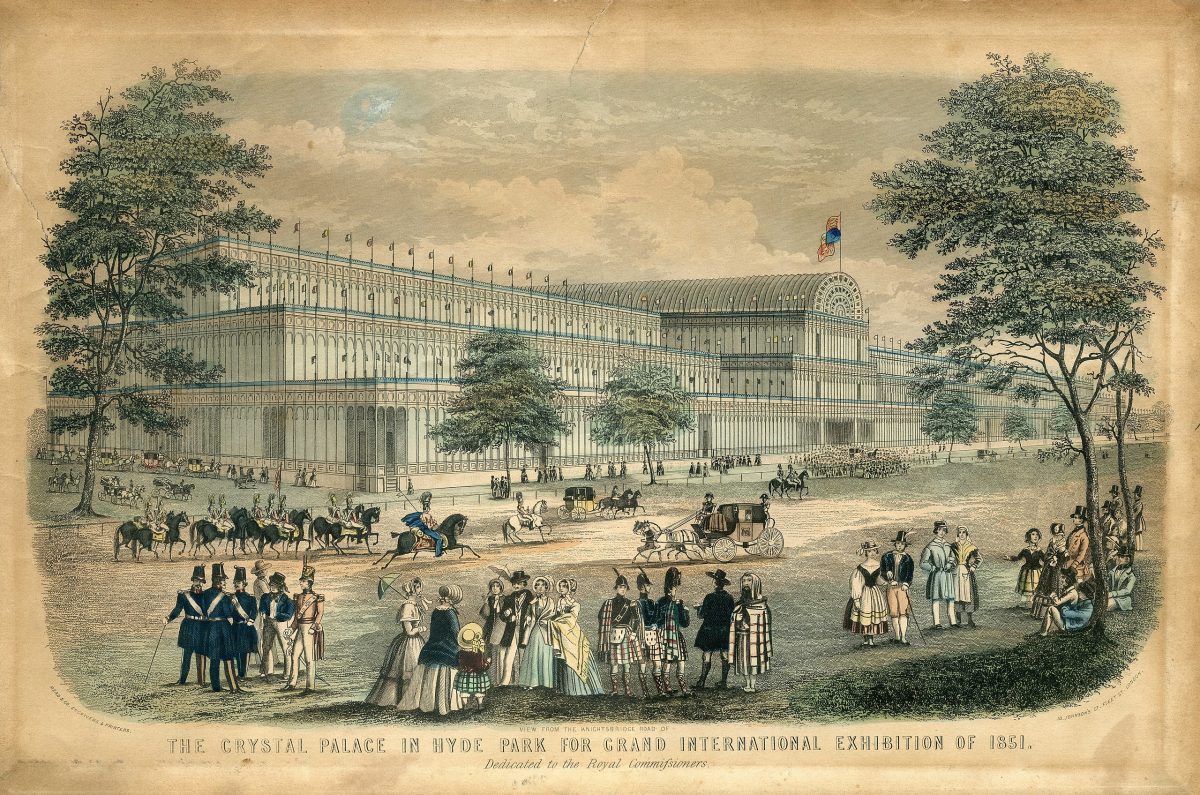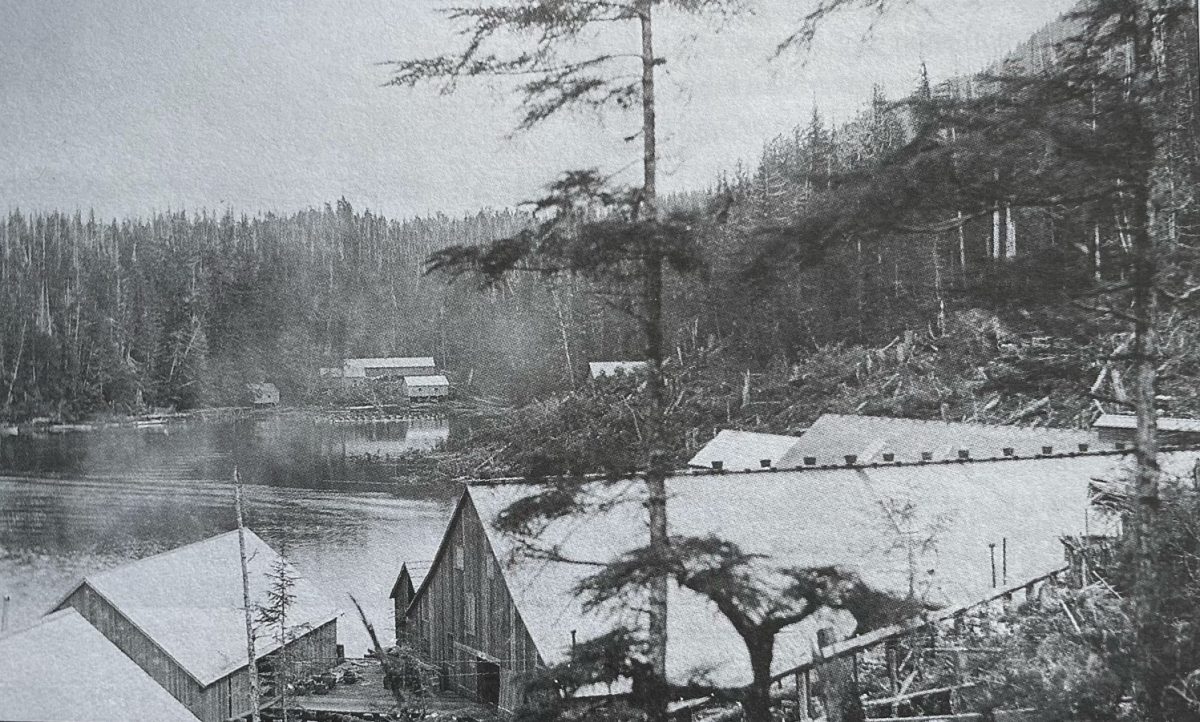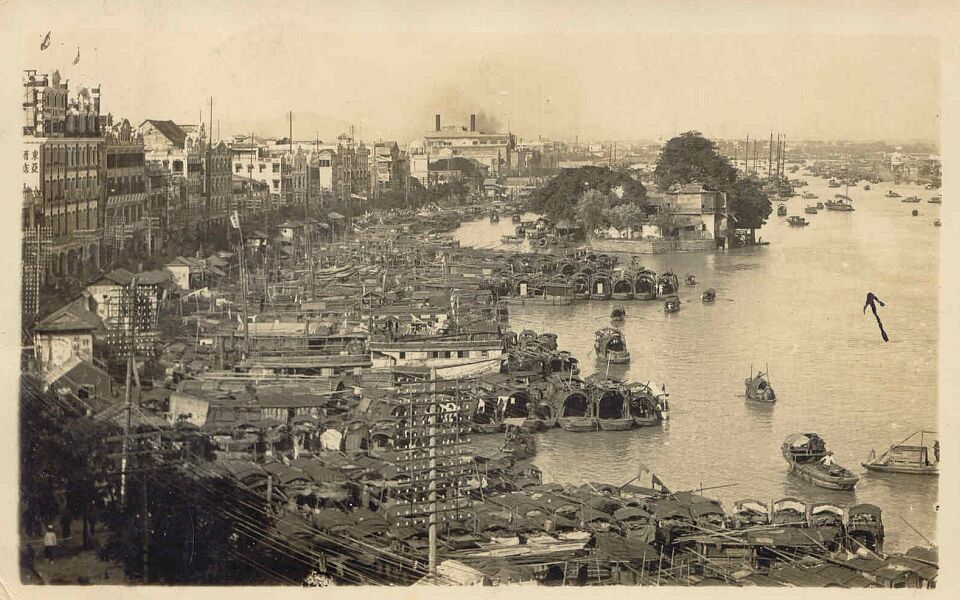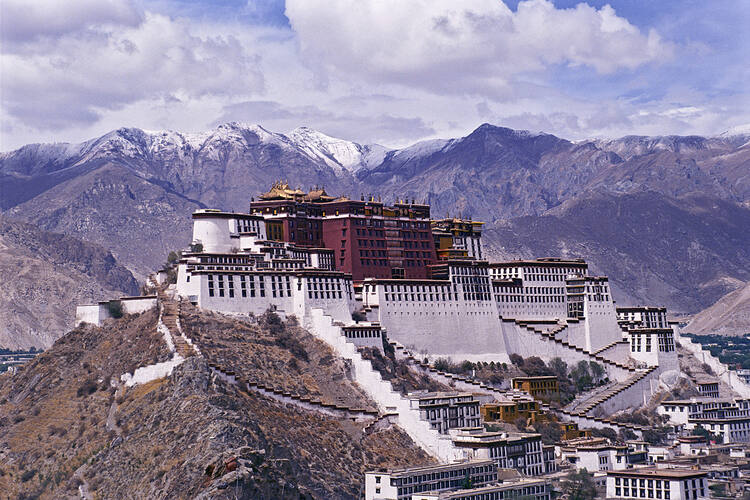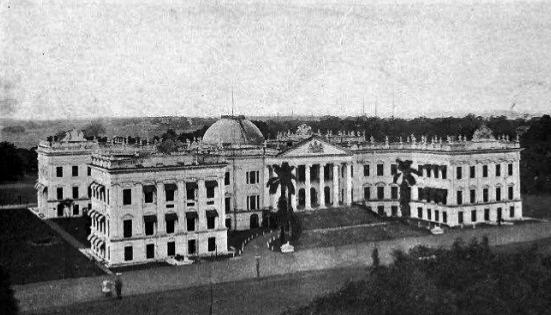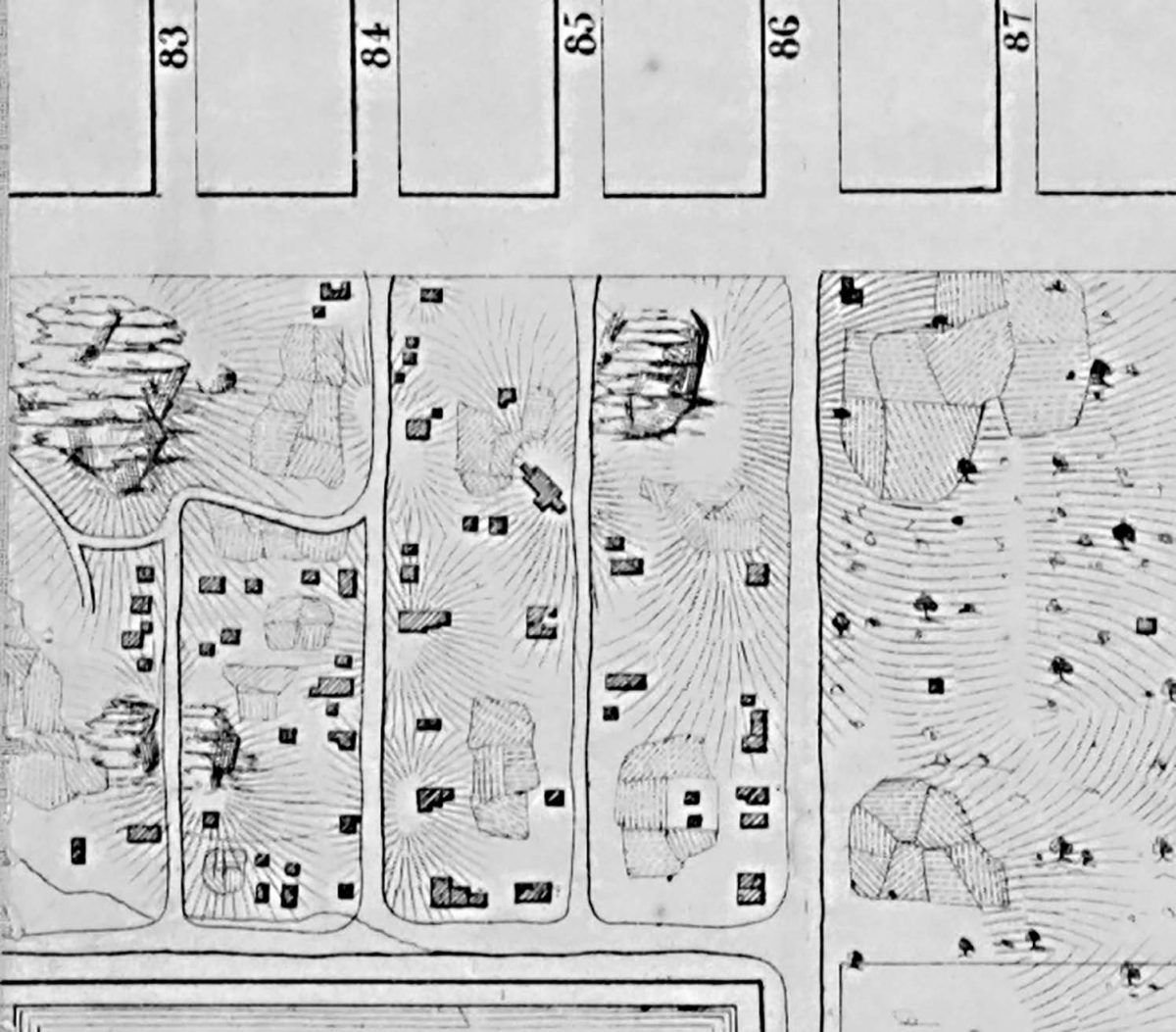Displacements and Dispossessions resulting from The Public Lands Act of 1853 The road systems constructed in Ontario as a result of The Public Lands Act of 1853 have historically played a significant role in the processes of displacement and dispossession of indigenous communities from their traditional territories and homes, reinforcing the mechanisms of settler colonialism […]
